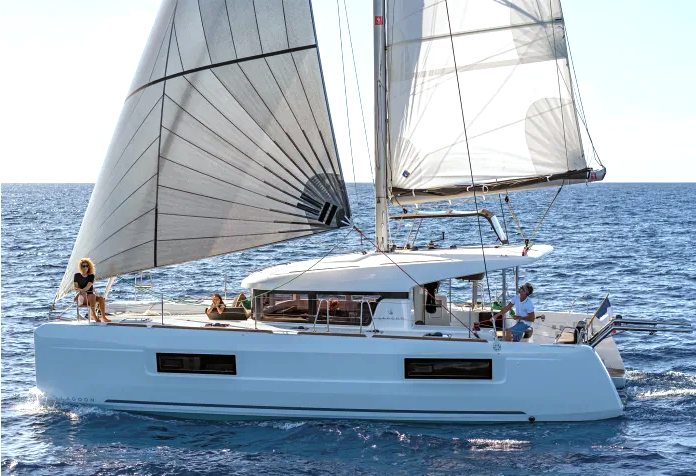
Baja Ha-Ha 2021 Kicks Off on Land and Sea
The Baja Ha-Ha fleet was ready to rock as they gathered for Sunday morning’s skippers’ meeting and returned for the afternoon costume Kick-Off party prior to today’s departure for Cabo via Turtle Bay and Bahia Santa Maria.
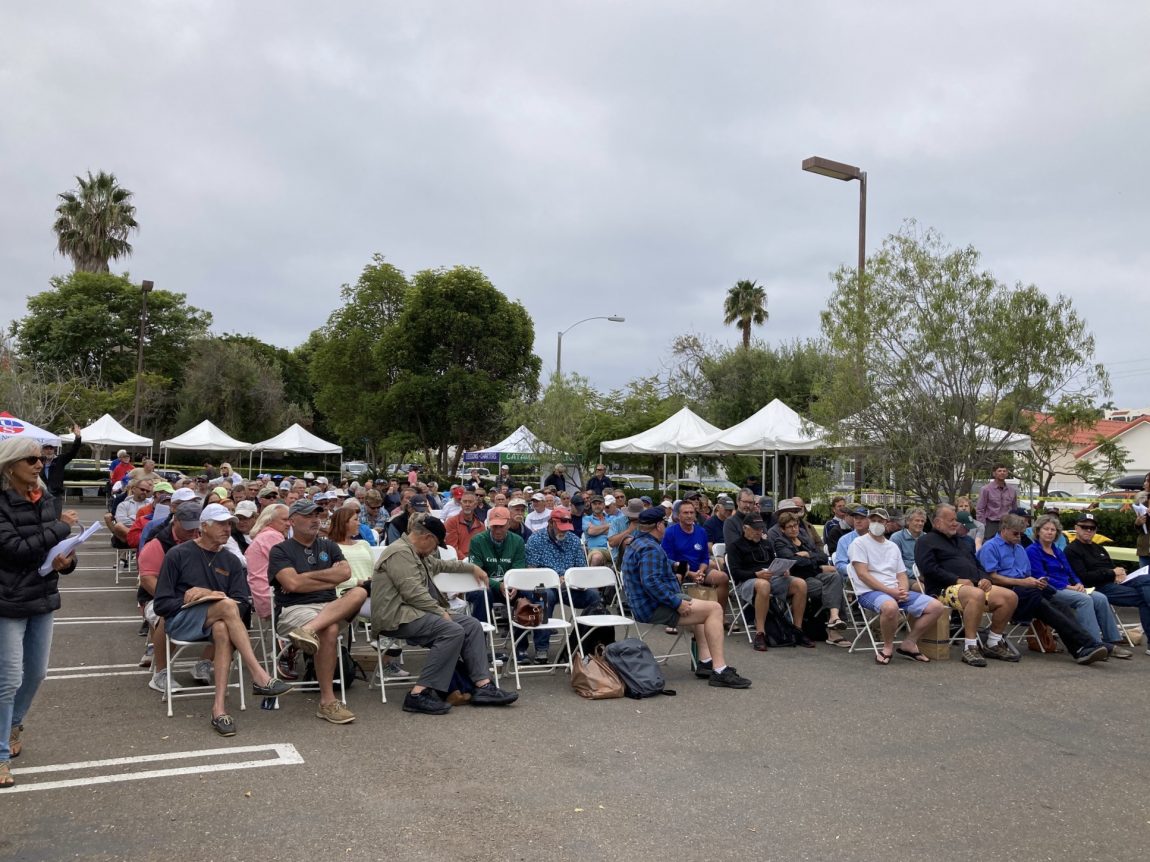
It is always a fun party since so many people are finally leaving on a voyage they’ve been dreaming about, planning for, and working toward, often for years. Some sailors postponed after last year’s cancellation and that was inspiration for others to ‘go now’ as the world reopens.
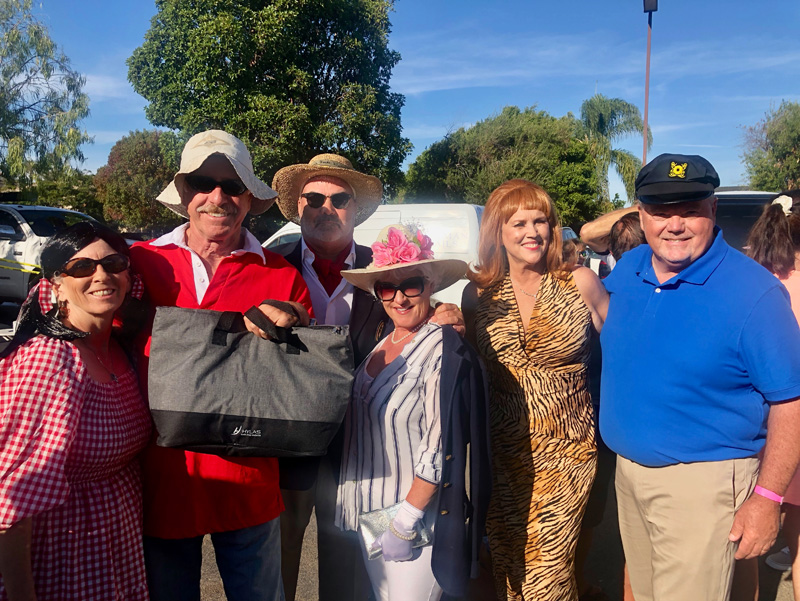


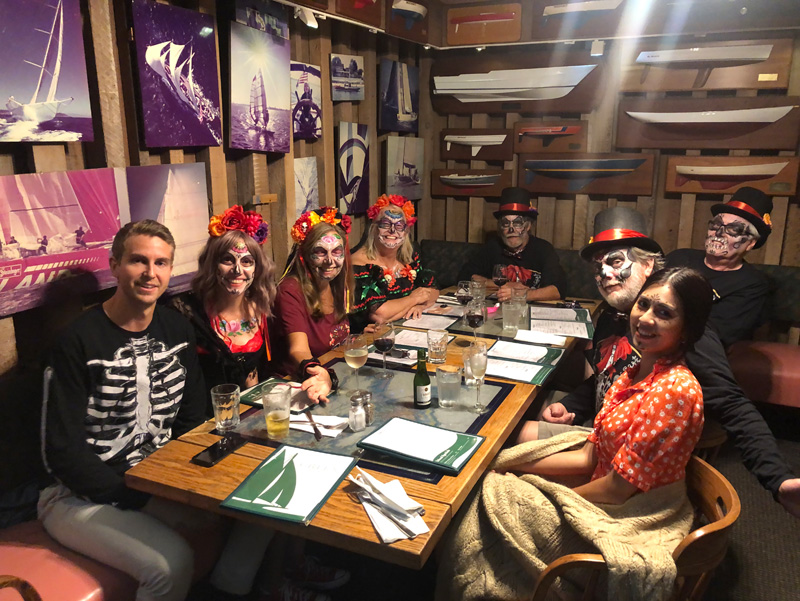
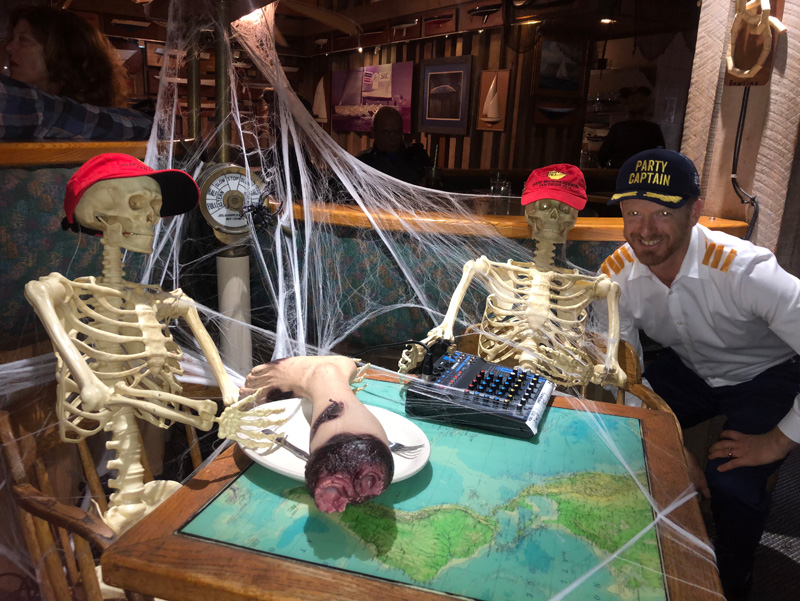
After a fun Sunday it was time to ready the boats and cast off.
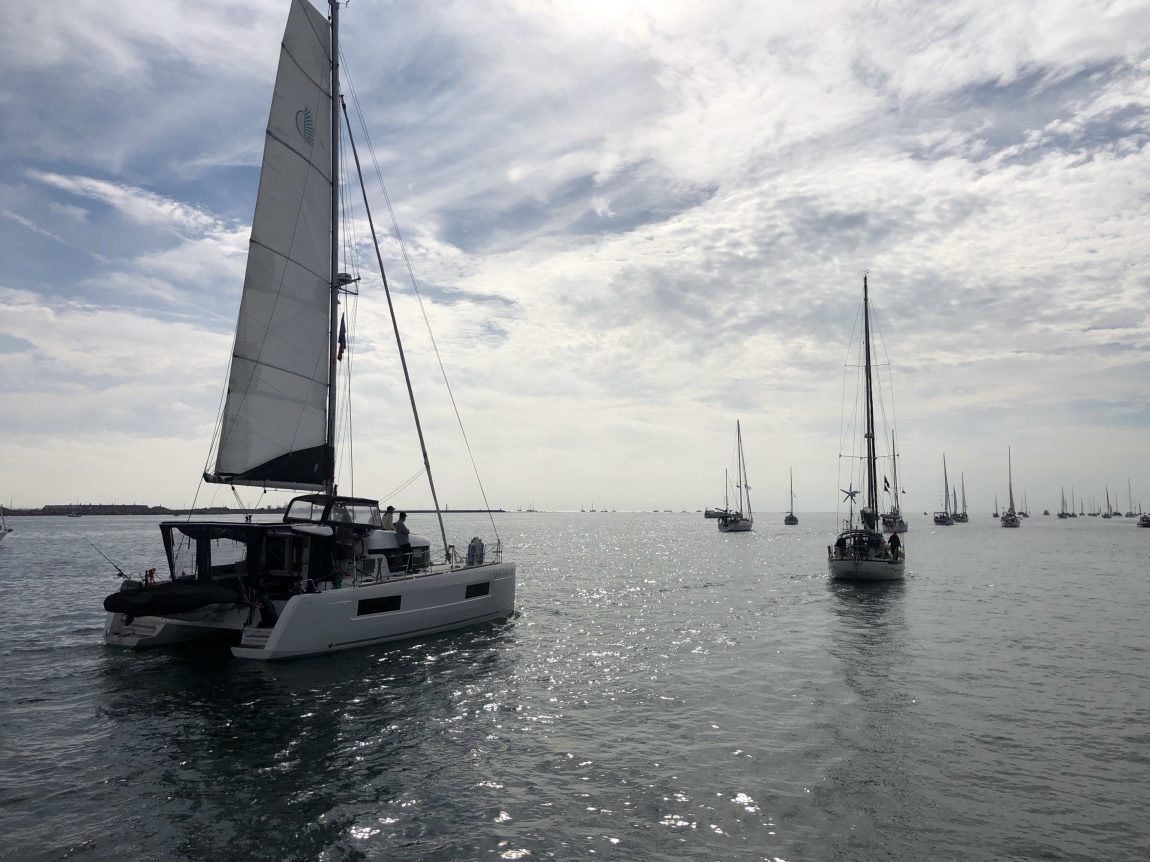
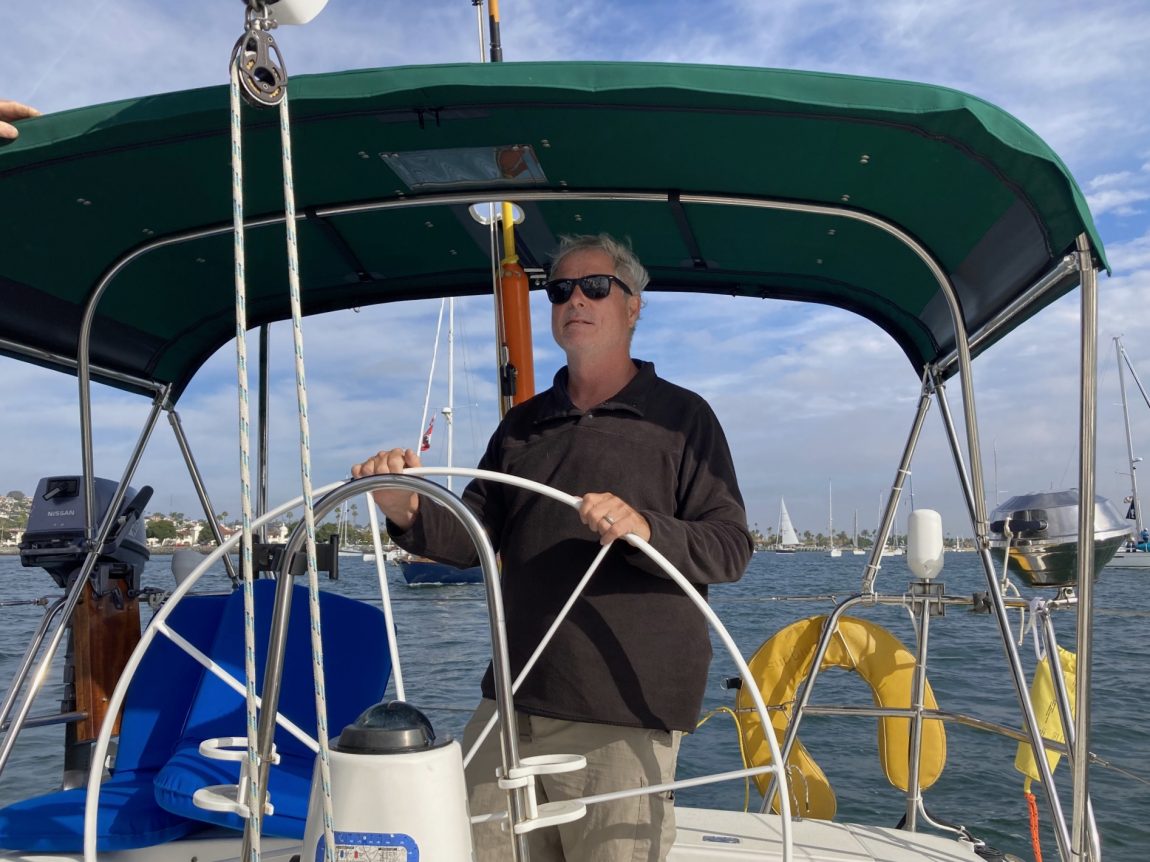
No backward glances from the skippers and crew as the southbound sailors settle into the 750-mile cruise under a partly cloudy sky and with a warm breeze filling their sails.
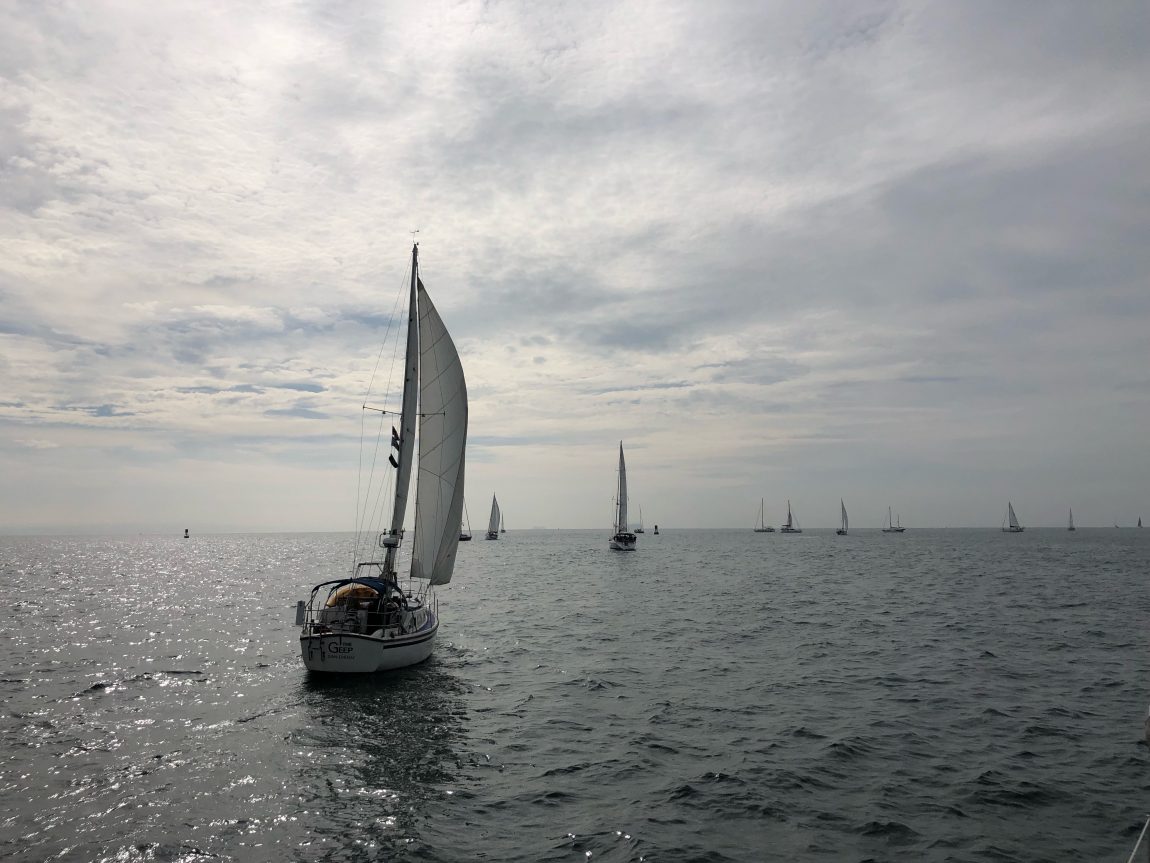
Stay tuned as we bring you updates from Baja Ha-Ha XXVII.
- Maritime History
- Environmental News
- West Coast Sailing
- Commentary
- General Sailing
- Latitude 38 Magazine
- Current News
Who Has Authority Over Anchor-Outs?
In the 100-plus-year saga of anchor-outs on San Francisco Bay, the question of who, if anyone, has authority over people living on the water has been passionately debated in the pages of Latitude, and has called into question the very nature of government. Laws about anchoring out have long been on the books, but have gone unenforced, and the reality on the water and in shoreside communities has remained in a kind of stasis, some would say a quagmire.
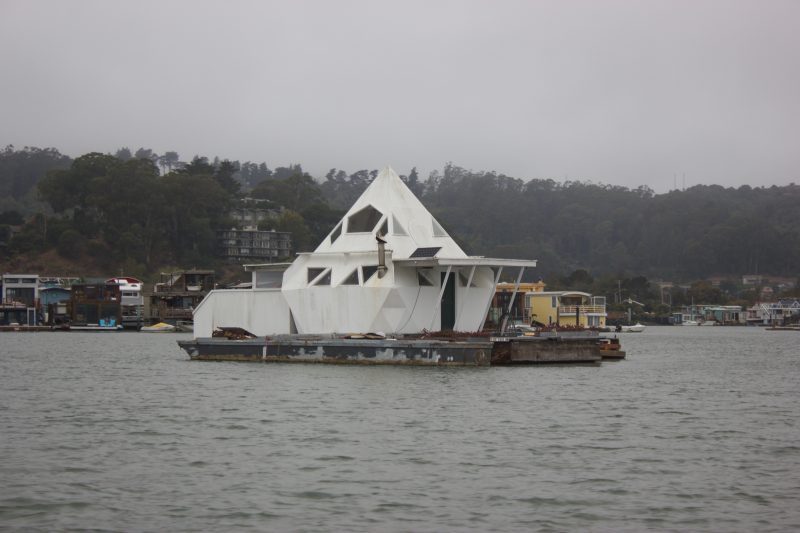
Tempers have flared, boats have broken loose, sunk, and been destroyed, and lives have been affected, but the anchor-out community — which is mostly centered in Richardson Bay, but has also taken root in the Oakland Estuary and other corners of the Bay — has persisted for well over a century, ebbing and flowing with the economic and cultural tides. Over the past four years of reporting on this issue, many seasoned anchor-outs have told us that the majority of vessels at anchorages are unseaworthy and their occupants non-mariners — or simply, ‘homeless’, a population that is often plagued by drug abuse.
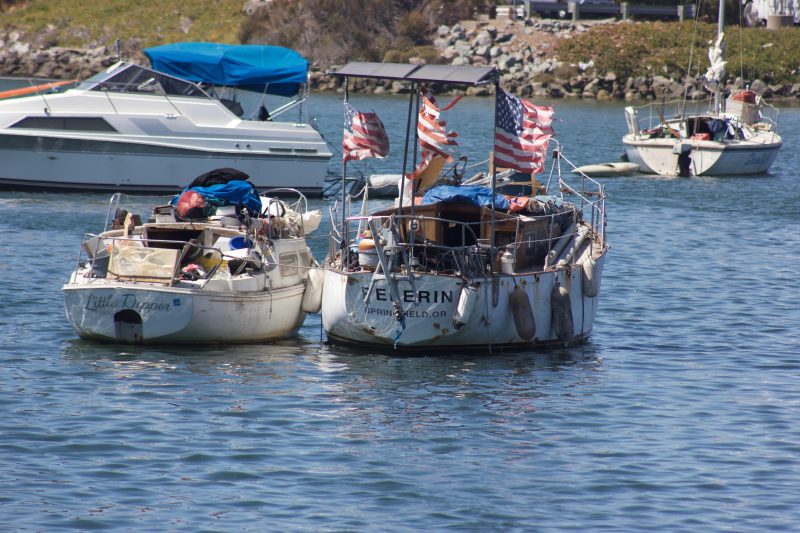
The weapon of choice in the anchor-out battle seems to be the lawsuit. The Bay Conservation and Development Commission, which — despite protests from the annals of Latitude — ultimately has authority over anchor-outs, threatened to sue the Richardson Bay Regional Agency if it didn’t enforce its own long-standing, but long-ignored, 72-hour anchoring policy. To avoid litigation, BCDC and RBRA came to an agreement at the end of the summer: By 2026, long-term anchor-outs will no longer be allowed on the Bay. The city of Sausalito is also making plans to move its remaining “legacy anchor-outs” off the water by December 2025. Is the anchor-out saga nearing an end game?
Not so fast. The pendulum swings both ways.
You can read the full story this month’s Sightings.
Skippers Wanted: US Coast Guard-Licensed Captains for Charters and Private Lessons
Wanted: US Coast Guard-licensed captains for charters and private lessons. For power & sail. Hourly rate from $50 up. Weekend and weekday work available.
1160 Brickyard Cove Road, Suite 21, Richmond, California 94801 • (510) 236-2633 • [email protected]
Get Your November Latitude 38 Magazine Today!
It’s the first of the month, and the November issue of Latitude 38 is on its way to you today! Our drivers, including the newest team members Robert and Dale, have been out and about since early this morning to make sure that you get your favorite magazine ASAP! Here’s a sneak preview of what you’ll find inside.
The Loss of Léviathan
In the early hours of August 14, 2021, Thomas Fritz was singlehanding his 1984 Hunter Cherubini 36 Léviathan at the start of a lengthy voyage from Moss Landing in Monterey Bay to Hamburg, Germany. An unexpected storm, blowing east by southeast, pushed his boat off course and westward into the Pacific Ocean.
“There was zero notice of the storms on the weather radio,” Thomas said, “and the navigation equipment struggled to keep the boat on course. “Every minute, the alarm went off … of course. The autopilot motor jammed … of course.” As sailors do, Thomas adjusted his sails and Léviathan weathered the 30mph winds and successfully navigated the blow.
“I had the mainsail pulled in and tied down. Foresail out a little, maybe about 97 square feet on a 130% foresail.” Léviathan was rigged with a retractable forestay and oversized standing rigging, a combination that, Thomas believes, helped prevent the vessel from being dismasted. “When the storm had passed, the autopilot was working fine and I returned to my original course.”
However, the following night again delivered unexpected weather. Between the hours of 1 and 2 a.m. the navigation alarms sounded and Léviathan was once again off course, and again there was “no warning.”
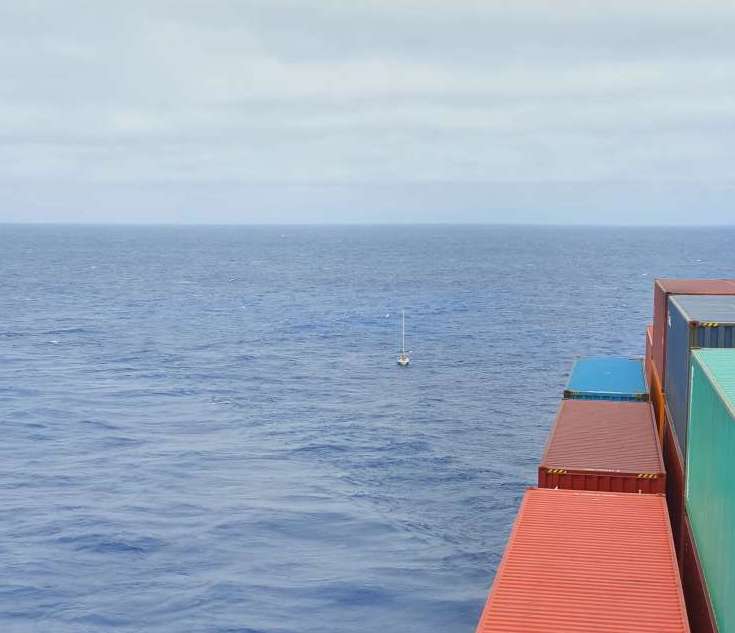
Mexico Myths and Misconceptions
After all the planning, the work, the time, the spending(!), you’re making it happen and heading south. Good on you! During those years of prep, you’ve probably read gigabytes of articles and blogs, and watched too many vlogs — all of which have swamped you with waves of information. If Mexico’s your first stop, it’s possible that you might have a few misconceptions about cruising below the border.
How do I know? Because I made every one of these mistakes. And every year since I made them, I’ve watched others make them as well. If there’s one thing that really drives me crazy in Mexico, it’s watching competent sailors, with good boats, in fine weather, miss out on some of the best cruising in the world.
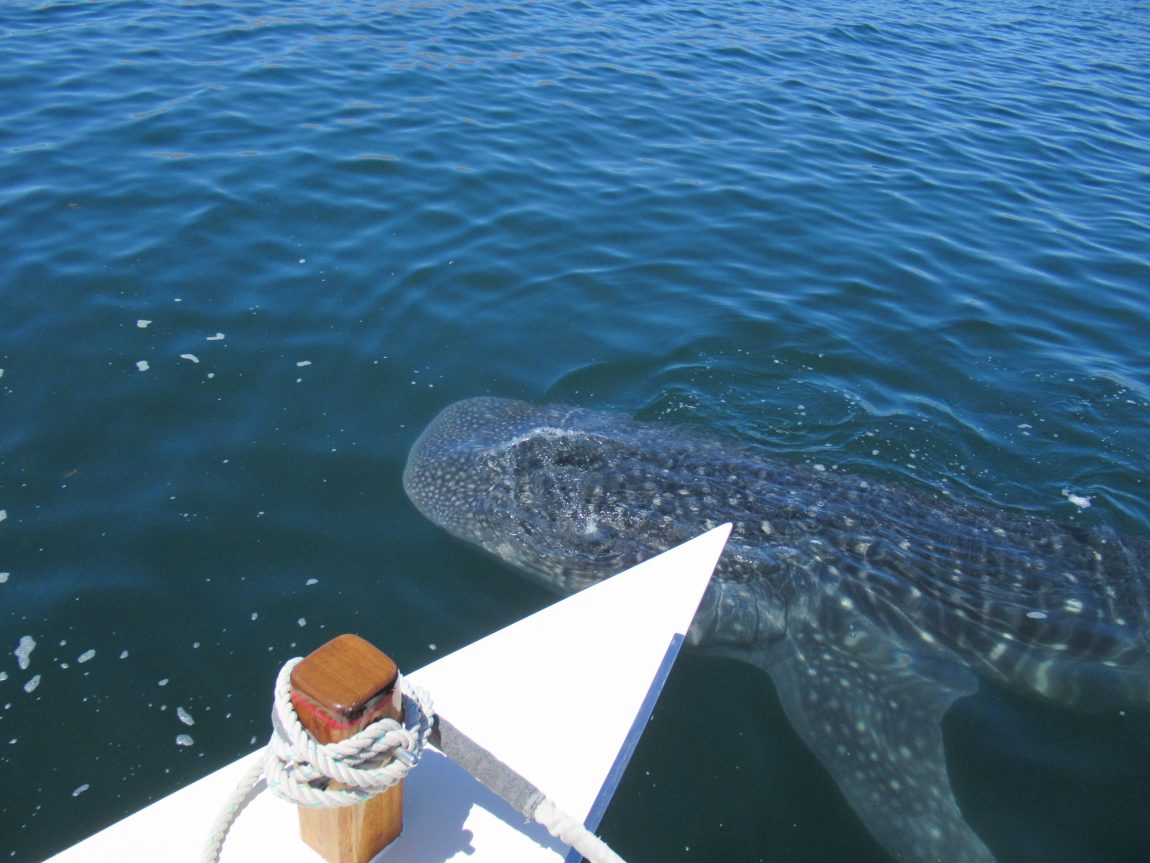
Boat of the Month — Alerion 28
When COVID restrictions began to lift in summer 2020, yacht racing returned in singlehanded, doublehanded or same-household-only configurations. For months, this was the only way to compete in organized regattas in the San Francisco Bay Area. Suddenly, having a boat that could be sailed shorthanded, by couples, or by parents with kids became a top priority. Some of these racers had only ever sailed with experienced crews holding down the rail and pulling the strings.
But even before the pandemic, we couldn’t help noticing the growing popularity of the three-decades-old Alerion Express 28 class.
“The Alerion fleet continues to do well and grow on San Francisco Bay,” says fleet captain Sam Turner, who sails Frances out of Richmond Yacht Club — a veritable den of 28s. “We have been so lucky as a fleet to have these amazing boats to sail. They are fun, forgiving, quick (given their not-so-sprightly weight).”

The November issue also includes all your regular favorites:
- Letters: The Debate Over Winging Foil-Boarders Riding Ships’ Wakes; Meeting Legends in the Flesh …; Machine Gun Coasties; and more …
- Max Ebb: Will You Still Luff Me Tomorrow?
- Sightings: Marie Rogers — Trailblazing Sailor; Ocean Rescue off Southern California; Sailing Books for the Holidays; plus other stories.
- World Of Chartering: A Charter on Lake Superior
- Racing Sheet: The Express 37, Express 27, Wylie Wabbit, J/24 and Vanguard 15 classes; SSS sails the Vallejo 1-2; doublehanders race to the Farallones; the all-women Red Bra Regatta makes do with zephyrs; and more stories.
- Loose Lips, in which we announce October’s Caption Contest(!) winner.
- The sailboat owners and buyers’ bible, Classy Classifieds.
If you’ve subscribed to Latitude 38, you should receive your November issue in the mail any minute now. If you haven’t subscribed you’re missing out. But, you can pick up your copy from your favorite distributor.
- General Sailing
- Racing
- Cruising
- Events
- Maritime History
- Weather
- West Coast Sailing
- Northern California Racing
- Delta
Westsails Rendezvous in the Delta
On Saturday, October 23, we visited the Westsail Rendezvous at Owl Harbor Marina on Sevenmile Slough. Doug Lamb came the farthest by boat: Pelican sailed up the Delta from Bodega Bay, but before that he spent two years in Alaska, returning earlier this year. So you might say he came all the way from Petersburg, which is on an island in Southeast Alaska.
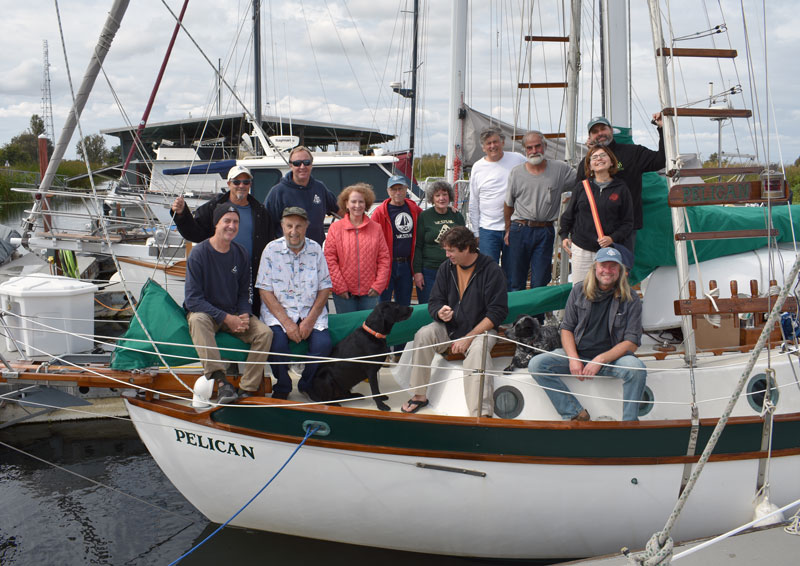
A contingent from Oregon, including Singlehanded Transpacific Race veteran Gary Burton, drove down. Randy Leasure and Tortuga came up a week early to do paint and varnish. Randy’s boat usually lives at Pier 39 in San Francisco, where the moist sea air is not as conducive for effective finish work. Due to the dire forecast for 50-knot winds and a deluge of rain on Sunday the 24th, he planned to keep the boat in Owl Harbor another week and not try to bash back to the City in the big storm. (If anything, the forecast turned out to be conservative.)
Four Westsail 32s and a Pacific Seacraft Dana 24 sailed by a former Westsail 42 owner took slips at Owl, including Amable, which lives there all the time. Two others, a 32 and a 42, didn’t come due to the forecast. The boats present were Jim Harrison’s Amable, Jay Bietz’s Alameda-based Pygmalion, Doug Lamb’s Pelican, Randy and Danielle Leasure’s Tortuga, and Ted Crocker’s Berkeley-based Dana 24 Hummingbird.
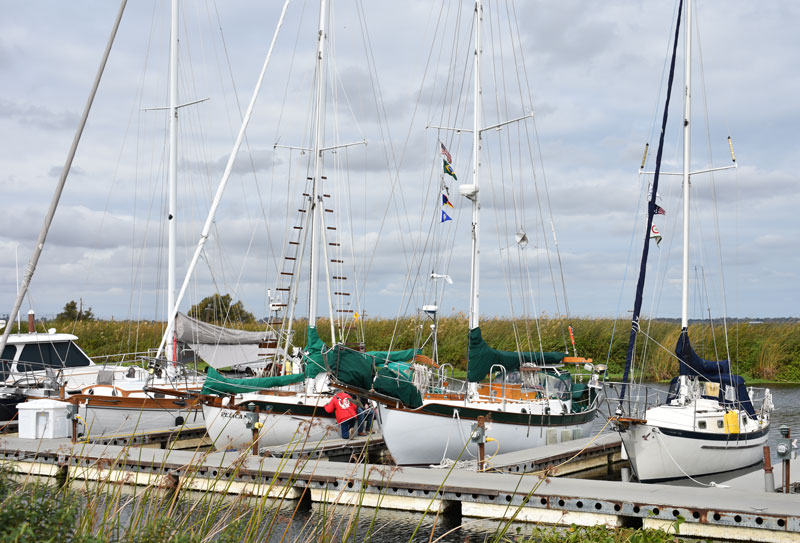
Larry Kendall started the concept that became the Westsail 32 in the late ’60s. The Kendall 32 had a flush deck. William Crealock designed the Westsail cabin top. Bud Taplin, 89, was the general manager at Westsail Corp. He sold kit boats, helped build them, and built custom boats. And Bud made it to the Rendezvous!
Dave King from Saraband shared maintenance advice, and there was much discussion of the Singlehanded Transpacific Race, as three of the Westsail 32 skippers present had sailed that race from San Francisco Bay to Hanalei Bay in Kauai. They have hopes of another one-design division in that race, perhaps in 2023.

